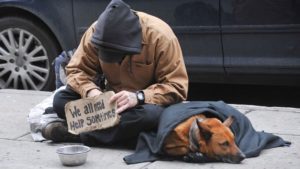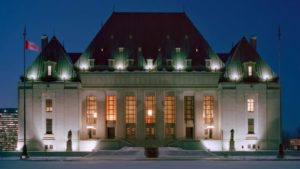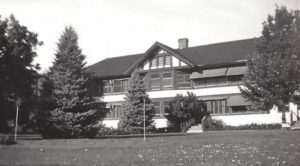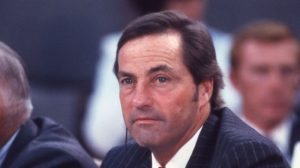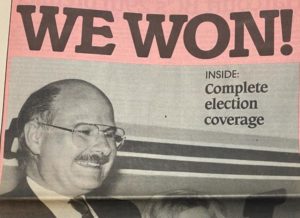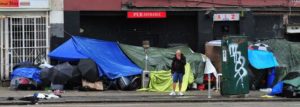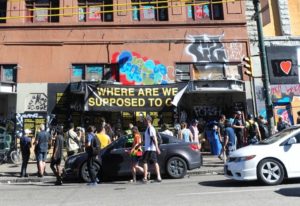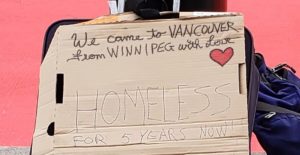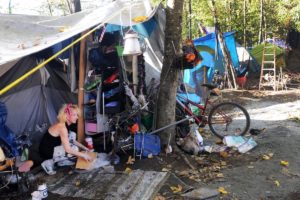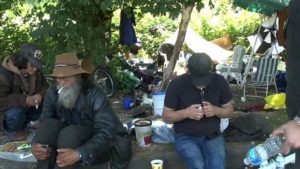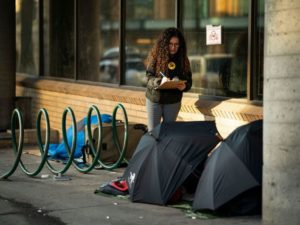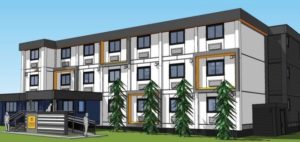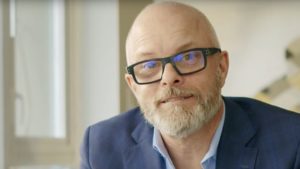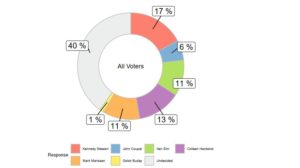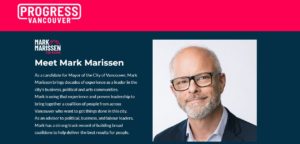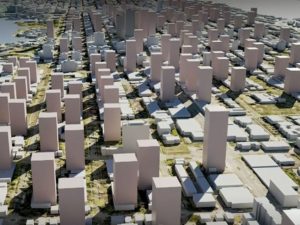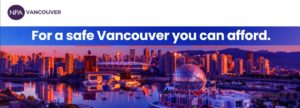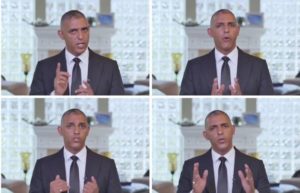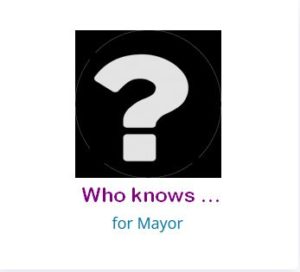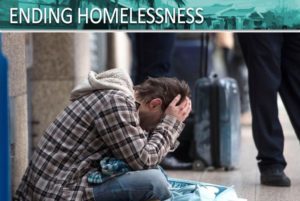
British Columbia, should candidate to lead the BC NDP become our province’s 37th Premier, David Robert Patrick Eby — and the City of Vancouver, as well, should TEAM … for a Livable Vancouver Mayoral candidate Colleen Hardwick be elected as Vancouver Mayor this upcoming October 15th — may be on the verge of adopting a revolutionary new approach to the provision of care for, and provision of housing for, our province’s homeless population, once and for all eliminating the scourge of a homelessness crisis that has for so long bedevilled our city, and our province.

In 2008, the Vancouver Police Department released a 56-page prescriptive visioning report titled Lost in Transition: How a Lack of Capacity in the Mental Health System is Failing Vancouver’s Mentally Ill and Draining Police Resources, that cogently argued for a near revolutionary reformation of the service model the VPD felt must be adopted to better provide for the necessary care for all those persons in need who are resident in the square mile around Main and Hastings, a report compiled and written by a particularly illustrious and celebrated cabal of PhD holding Vancouver police officers, long in the employ of the Vancouver Police Department.
In essence, the Lost in Transition report argued for the provincial appointment of a czar to oversee the provision of social services on the DTES. When the Lost in Transition report was updated in 2013, the world czar was replaced with the phrase, “the provincial appointment of an individual with the authority of a Deputy Minister”, and in the 2018 update of the Lost in Transition report, that individual was now called a Commissioner, a provincial appointee who would be given the authority to oversee a radical reformation of the DTES social services model.

In 2012, Charles Campbell — a former editor of The Georgia Straight — was commissioned by Vancouver Coastal Health to author a report on the provision of services on the DTES. Mr. Campbell’s report, Working With Health Agencies and Partners On Vancouver’s Downtown Eastside [PDF}, identified 277 social agencies providing services to those in need who were resident on the downtown eastside.
Arising out of the publication of both the Lost in Transition and Partners reports, a serious-minded and goal-oriented discussion on a reformation of the social services model that had long been in place on the DTES commenced in earnest.
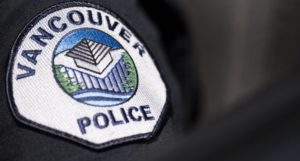
This past weekend, TEAM … for a Livable Vancouver Mayoral candidate Colleen Hardwick apprised VanRamblings of a discussion she’d had with Chief Constable of the Vancouver Police Department, Adam Palmer, where the two touched on what might constitute a radical reformation of the social services model provided to habitués of the DTES, in order that those in need might receive better and more appropriate care, and how — working with the province — a plan might be developed that could eliminate homelessness across the city of Vancouver.
VanRamblings believes — based on what David Eby told The Vancouver Sun’s Katie DeRosa last Friday, and may also have arisen from TEAM … for a Livable Vancouver Mayoral candidate Colleen Hardwick’s discussion with VPD Chief Adam Palmer — the following aspects of a revisioning of the social services model for the DTES may be on the table …
- As David Eby told Ms. DeRosa last week, “There really hasn’t been a co-ordinated strategy or a plan about how we get out of the problems of the Downtown Eastside. I think … putting an invisible fence around the neighbourhood and saying ‘this is the best we can do’ and just hope that things work out, it’s a strategy that will no longer carry us forward.” Eby said if he’s successful in his bid to replace Premier John Horgan … he’ll co-ordinate a long-term response to the issues in the Downtown Eastside with help from the federal government, the city & concerned groups;
- In 2008, discussion surrounding the publication of the Lost in Transition report touched on / recommended consideration of the following: merging the 277 social services agencies on the DTES into 30 umbrella organizations. Each of the 277 social agencies employs an Executive Director, Director of Finance, Director of Human Resources, Manager of Supported Housing, among other senior administrative staff — each earning up to $325,000 annually — a duplication of services and administration funded by the province, at a cost of almost $1 billion dollars, annually. The initial 2008 VPD Lost in Transition report questioned if such duplication of services properly served the interests of those who are resident, and cared for, on the DTES;
- There was also discussion upon the publication of the Lost in Transition report, and a recommendation within the report, that argued for the provincial appointment of a Commissioner who would oversee the reformation of the provision of services on the DTES, a person with the authority of a Deputy Minister who would report only to a provincially appointed Board of Directors who would oversee the transition of the current service model, reporting as well as to the office of the Premier.
For a great long while, there has been much talk about the DTES on the perpetuation of a “poverty pimp industry” within the community, an “industry” that pays well upwards of a billion dollars annually to fund a social services administrative structure on the downtown eastside that better serves the interests of those highly paid administrators over those persons who our society is truly meant to care for.
At present, as well, and impeding change are the various unions representing their members: there are 10,000 union employees who work on the DTES, represented by the BCGEU, HEU, CUPE and the Health Sciences Association, whose members fill union coffers with 2.7% of their gross pay each and every two week pay period.
At one social services agency where VanRamblings was employed, senior staff worked fewer — and were available on site for fewer — than 30 weeks a year. Each time an administrator traveled to Nova Scotia, or some other locale, for a 3-day conference — air fare, accommodation and expenses provided by the employer (that’d be you and me) — each day away meant the banking of two days in compensatory “vacation pay”, or more than one week of paid time off. Same thing for attending evening meetings, and working “overtime”, wherein the administrator banked more paid days off. Nice work if you can get, paid for at taxpayer expense.
And don’t get us started on the absenteeism rate for employees working on the DTES, averaging 6 paid days off per month, despite what the union contract says, replaced by on-call staff who generally work more hours than full-time employees.

As a final note today on VanRamblings’ four-part series on homelessness and housing: Premier-to-be (let’s face it, come December, we all know who will become British Columbia’s 37th Premier) David Eby has made a commitment to moving away from a corrupted and wholly unsuitable SRO (Single Resident Occupancy) housing model providing shelter for B.C.’s homeless population, while moving towards something akin to Finland’s ‘Housing First’ concept, where those who are affected by homelessness are provided with a self-contained apartment — with their own bathroom, bedroom / sleep area, kitchen / dining room, fully furnished with amenities provided for — and counseling, without any preconditions.

Four out of five of those previously affected homeless persons, in time, make their way back into a stable life, re-joining our society as productively happy citizens.
All this represents a responsible, fiscally sound model of service provision to those in need, so much better than accepting homelessness, and perpetuating an administratively corrupt model that has for far too long ill-served indigent persons.
